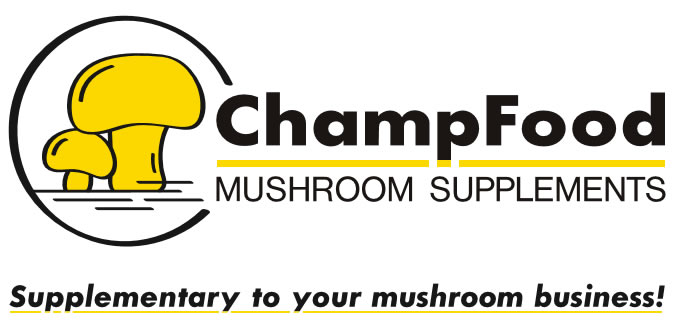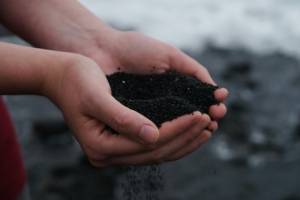
Total Mushroom Service
Mycelium growth in casing soil (back to basics)
Feb 27,
2025
We are observing that the amount of mycelium in the casing soil often leaves much to be desired. Ideally, thick mycelium strands should grow from…
Mushrooms are not hydroponic
Oct 29,
2024
A few years ago, it was standard practice to give a significant amount of water in the first few days after casing. It was common…
Compost Activity
Sep 12,
2024
Mushroom growers worldwide face the same problem: there are times during cultivation when the compost exhibits either more or less activity than desired. This can…























